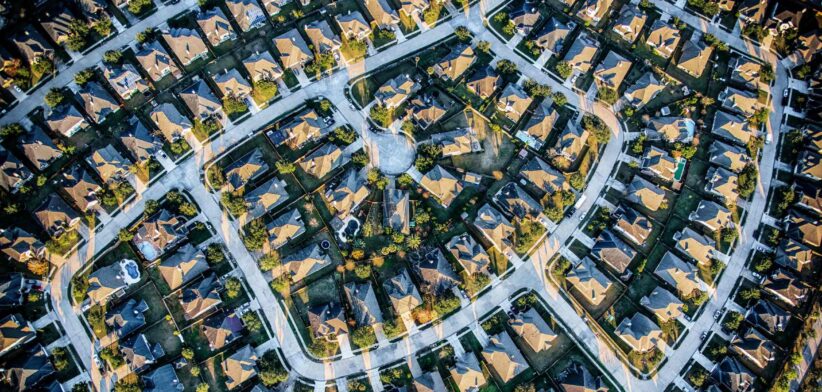A global obsession with limiting urban sprawl has played a major role in the collapse of housing affordability, which sees Australia’s five major mainland capital cites being among the top 20 least affordable cities in the world.
The latest edition of the Demographia International Housing Affordability report, commissioned by Chapman University in the United States, found high city property prices were largely a result of policies that limited growth on a city’s boundaries.
The University’s Centre of Demographics and Policy Director Joel Kotkin said such policies dominated in Australia, New Zealand, the United Kingdom, California, Washington, Oregon and much of Canada.
“The results are disastrous, at least for potential homebuyers,” Mr Kotkin said.
Report author and urban policy analyst Wendell Cox said the report used a price-to-income ratio, or “median multiple” to rate middle income housing affordability.
“Sometimes, housing affordability is evaluated simply by comparing house prices. However, without consideration of incomes, housing affordability cannot be accurately assessed. Housing affordability is house prices in relation to incomes,” Mr Cox said.
He said middle-income households faced rapidly escalating housing costs, which was the primary cause of the present cost-of-living crisis.
“For decades, home prices generally rose at about the same rate as income, and homeownership became more widespread,” Mr Cox said.
“But affordability is disappearing in high-income nations as housing costs now far outpace income growth. The crisis stems principally from land use policies that artificially restrict housing supply, driving up land prices and making homeownership unattainable for many.”
Mr Cox said urban containment policies, such as greenbelts, urban growth boundaries and densification were designed to limit sprawl and increase density.
“While well-intentioned, these policies severely constrict the land available for housing. In constrained markets, higher land values translate to dramatically higher house prices.”
The report showed that Australian markets, as a whole, had a median multiple of 9.7, up from 6.9 in 2019.
“This represents an increase of 2.8 years of median household income, in just three years,” Mr Cox said.
Of all the high-income countries surveyed, only Hong Kong was less affordable with a median multiple of 16.7.
Sydney was Australia’s least affordable market, with an “impossibly unaffordable” median multiple of 13.8 and the second least affordable market internationally, ranked 93rd in affordability out of 94 markets, again only better than Hong Kong.
Melbourne, with a median multiple of 9.8, was the 88th least affordable of the 94 markets, with Adelaide, also “impossibly unaffordable”, ranked 86th.
Brisbane was ranked 80th, similar to Greater London, Miami and Auckland, while Perth was the 75th least unaffordable city in the world.
The 20 least affordable cities in the world are:
- Hong Kong
- Sydney
- Vancouver
- San Jose
- Los Angeles
- Honolulu
- Melbourne
- San Franscisco
- Adelaide
- San Diego
- Toronto
- Auckland
- Miami
- Greater London
- Brisbane
- Bournemouth & Dorset
- New York
- Bristol
- Boston
- Perth








